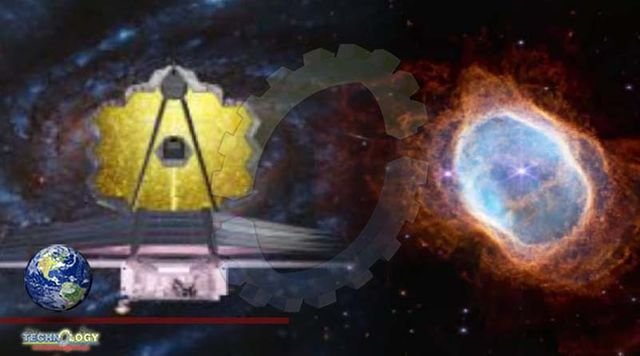The James Webb Space Telescope documentary premieres tonight, complete with heralded new images A new PBS documentary explores the two decades of teamwork it took to get NASA’s $10 billion deep space observatory ready for science.

Just one day after the James Webb Space Telescope consortium released the observatory’s first science-quality images to the public, “Ultimate Space Telescope” premieres today (July 13) at 9 p.m. EDT (8 p.m. CDT) on NOVA, at PBS.org/nova(opens in new tab), NOVA on YouTube(opens in new tab), and on the PBS Video App(opens in new tab), “The special takes viewers behind the scenes through the eyes of the engineers and scientists who have dedicated years some even decades of their lives to getting Webb off the ground,” PBS officials wrote in a statement. The film will include the images NASA showcased yesterday, as well as reactions to them from scientists and engineers who have worked on the project.
NOVA will discuss Webb’s capabilities with reference to its still-active predecessor, the Hubble Space Telescope. Among Hubble’s decades of work was a set of deep field images showing galaxies at an early stage of the universe. “As astronomers scoured the Hubble deep field, they noticed strange, red amorphous galaxies,” PBS said of one of the set of multi-day images. “These ancient galaxies were detected in infrared light. It was a groundbreaking discovery, but Hubble just scratched the surface.” U.S. President Joe Biden unveiled Webb’s first deep-field image a stunning view of too many galaxies to count on Monday (July 10).
Webb, PBS noted, will be better optimized to look at these early galaxies because they are so redshifted, or moving rapidly away from us at a pace stretching their light into the red edge of the spectrum. Since James Webb Space Telescope is optimized to study objects in infrared light, it will shed new information on these galaxies. But as the new documentary notes, getting the telescope ready for this work took much longer than anticipated. Originally scheduled to launch in 2007, [Webb] was met with a number of delays,” PBS stated. “By 2011, Congress threatened to cancel the mission, citing cost overruns. In 2017, Hurricane Harvey devastated the city of Houston, severely impairing the scientists’ access to power and electricity just as they were putting the telescope through a crucial set of tests yet, they were able to persevere.” The film then brings viewers to the present day, including the epic 2021 launch, the complex deployment sequence that happened in a near-flawless cadence, and footage from the new operational images.
Source: This news is originally published by Space